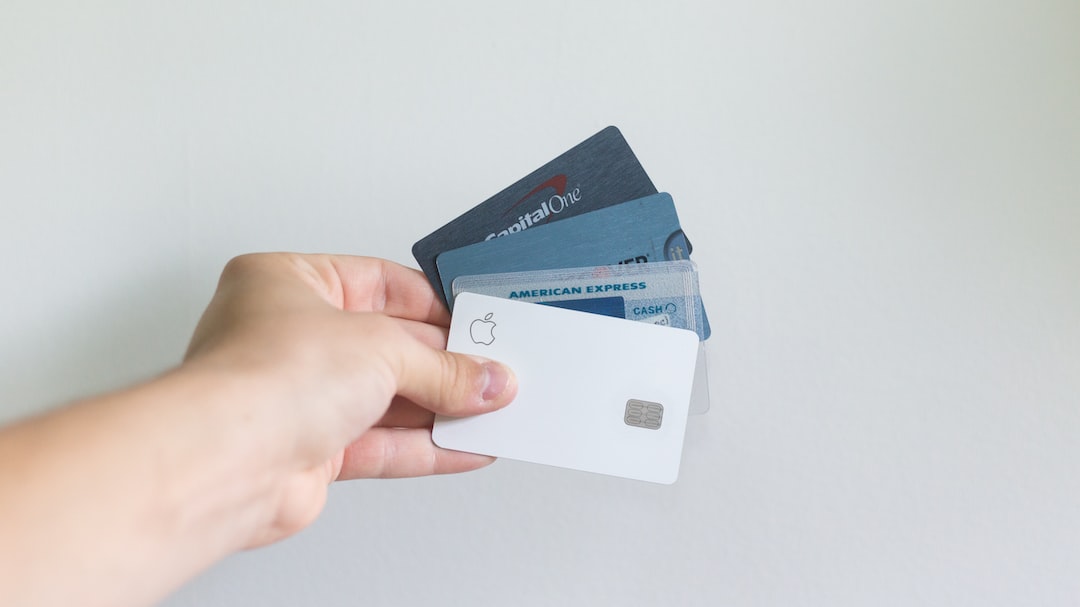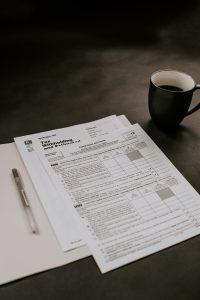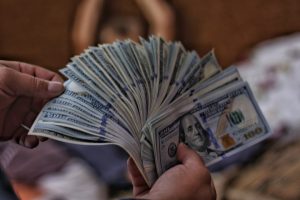Forex trading can be an intimidating task for many individuals, especially for those who are new to the market. However, with the advent of technology, implementing automated trading strategies has become easier than ever before. A forex bot, also known as an expert advisor (EA), is a software program that trades on behalf of the user based on pre-defined rules and parameters. In this article, we will discuss the steps involved in creating a forex bot.
Step 1: Define the Strategy
The first step in creating a forex bot is to define the trading strategy. The strategy should be well-defined and based on a sound trading plan. The plan should include entry and exit points, stop-loss levels, and take-profit levels. The strategy should be backtested to ensure that it is profitable and has a good risk-reward ratio.
Step 2: Choose a Platform
The next step is to choose a trading platform that supports automated trading. MetaTrader 4 (MT4) and MetaTrader 5 (MT5) are two of the most popular platforms used for forex trading. Both platforms support programming languages such as MQL4 and MQL5, which are used to create forex bots. Other popular trading platforms include cTrader, NinjaTrader, and TradeStation.
Step 3: Learn Programming Language
To create a forex bot, you need to learn a programming language such as MQL4 or MQL5. These languages are based on C++ and are specific to the MetaTrader platform. MQL4 is used for creating bots for MT4, while MQL5 is used for creating bots for MT5. You can learn these languages through online tutorials, books, or by taking courses.
Step 4: Write the Code
Once you have learned the programming language, the next step is to write the code for the bot. The code should include the trading strategy defined in step 1. The code should also include functions such as opening and closing trades, setting stop-loss levels, and take-profit levels. The code should be well-structured and easy to understand.
Step 5: Test the Bot
After writing the code, the next step is to test the bot. The bot should be tested on historical data to ensure that it is profitable and does not have any bugs or errors. The testing process is called backtesting, and it involves running the bot on past data to see how it performs. The backtesting process should be done using a reliable testing tool such as MT4’s Strategy Tester.
Step 6: Optimize the Bot
After testing the bot, the next step is to optimize it. Optimization involves tweaking the parameters of the bot to improve its performance. The parameters that can be optimized include the lot size, stop-loss level, and take-profit level. The optimization process should be done using a reliable optimization tool such as MT4’s Optimization tool.
Step 7: Deploy the Bot
Once the bot has been tested and optimized, the final step is to deploy it. The bot can be deployed on a virtual private server (VPS) for 24/7 trading. The VPS ensures that the bot is always running and does not require a physical computer to be connected to the internet. The bot can also be deployed on a personal computer, but this requires the computer to be connected to the internet at all times.
Conclusion
Creating a forex bot is a complex process that requires knowledge of programming languages, trading strategies, and trading platforms. However, with the right tools and resources, anyone can create a profitable forex bot. The key is to define a sound trading strategy, learn a programming language, write the code, test and optimize the bot, and deploy it on a VPS or personal computer. With a well-designed forex bot, traders can automate their trading strategies and improve their chances of success in the forex market.





